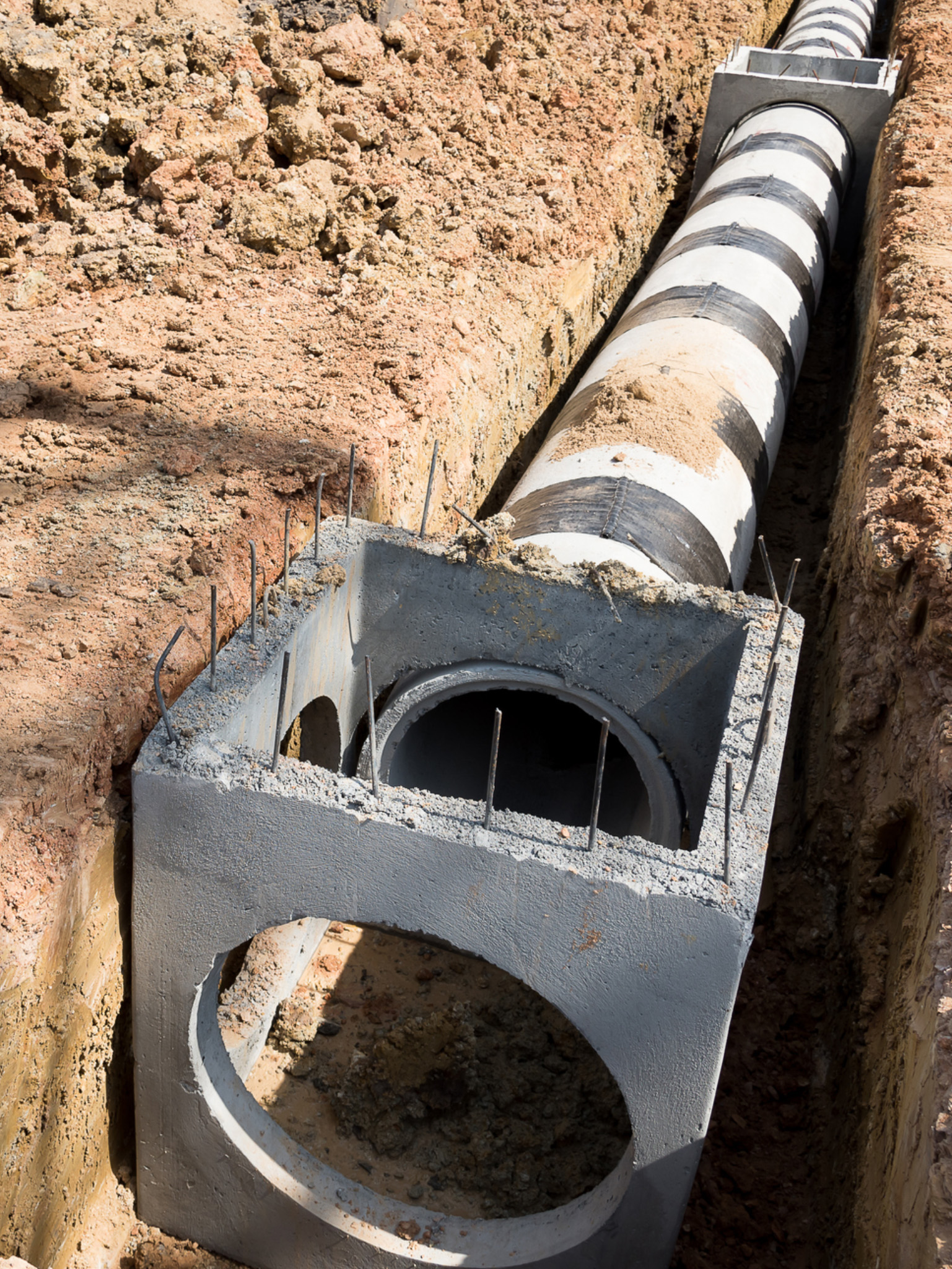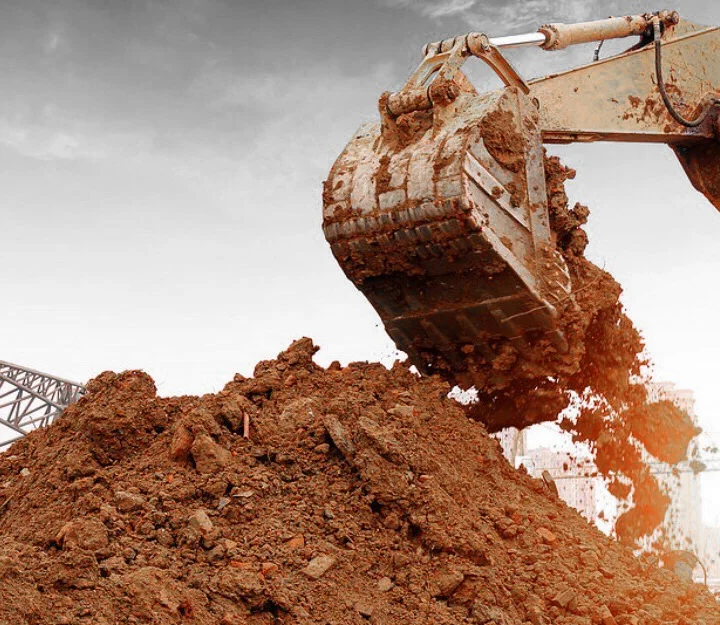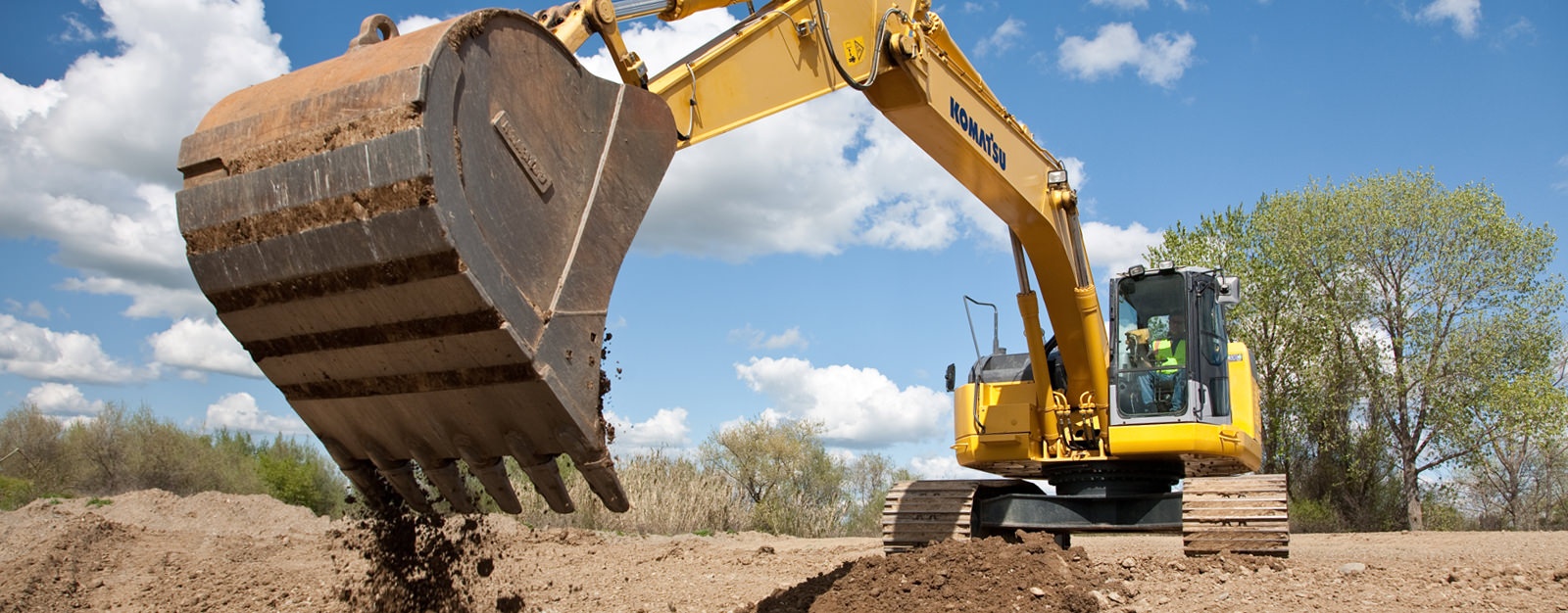Lancaster Excavation - Expert Excavation Providers in Lancaster, OH
Lancaster Excavation - Expert Excavation Providers in Lancaster, OH
Blog Article
Extensive Exploration: The Science Behind Superior Excavation Practices
From ancient hand tools to modern-day hydraulic excavators, the advancement of excavation methods has actually been a testimony to human resourcefulness and technological developments. What really sets superior excavation practices apart is a deep understanding of geological principles, combined with the application of innovative devices and methods.
Evolution of Excavation Techniques
Throughout background, the evolution of excavation strategies has actually played an important role in advancing building techniques and historical explorations. From the rudimentary tools used by our forefathers to the advanced equipment utilized in modern times, the development of excavation approaches has significantly changed just how we approach numerous tasks.
In old times, manual work with basic devices such as pickaxes, wheelbarrows, and shovels was the main technique of excavation. This labor-intensive procedure restricted the depth and extent of excavations, usually resulting in sluggish progression and restricted access to certain sites. Nevertheless, as people progressed, so did the devices and strategies made use of for excavation.
The Industrial Transformation noted a transforming factor in excavation experiment the introduction of steam-powered equipment. This development changed the field, enabling faster and much more substantial excavations. In modern times, technology plays a crucial duty in excavation, with advancements like general practitioner systems, drones, and 3D scanning enhancing accuracy and performance in the area. The evolution of excavation strategies remains to form the method we construct, explore, and understand the world around us.
Role of Innovation in Excavation

The integration of innovative innovation has actually essentially revolutionized the area of excavation, boosting precision and effectiveness to unprecedented levels. Among the key technological advancements that has dramatically affected excavation methods is the use of general practitioner systems. These systems enable exact mapping of excavation sites, enabling operators to precisely find underground energies and structures. Additionally, making use of telematics in excavation equipment has actually made it possible for real-time surveillance of machine efficiency, leading to proactive upkeep and boosted operational performance.
Furthermore, the advent of 3D modeling and simulation software application has streamlined the planning procedure for excavation tasks. Engineers and drivers can now imagine the entire excavation procedure before beginning, enhancing and recognizing possible challenges workflow. Combined with this, the application of drones in excavation tasks has promoted airborne surveys, volumetric measurements, and site inspections with unmatched rate and accuracy.
Geological Principles in Excavation
An understanding of geological concepts is important for making sure the architectural honesty and stability of excavation sites. Geological factors play a vital duty in identifying the usefulness and security of excavation tasks.
Furthermore, the geological structure of the area, consisting of mistakes, fractures, and rock formations, need to be thoroughly evaluated to determine prospective threats and difficulties. Digging deep into near mistake lines or unstable rock formations can cause instability and possible threats. By performing complete geological studies and evaluation, designers and excavators can develop approaches to mitigate threats and guarantee the effective completion of excavation jobs. Ultimately, integrating geological principles right into excavation methods is critical for achieving secure, effective, and sustainable results.

Most Recent Devices for Excavation
In the realm of excavation techniques, modern innovations in devices have actually reinvented the efficiency and accuracy of excavation procedures. Among the most recent tools making waves this link in the industry is using drones outfitted with sophisticated imaging modern technology. These drones can provide comprehensive airborne studies of excavation websites, supplying real-time information on topography and possible risks. This info help in much better preparation and decision-making throughout the excavation process.
An additional cutting-edge tool getting appeal is the execution of 3D printing modern technology for developing personalized excavation devices. This enables the production of specialized devices that are tailored to the specific requirements of a project, enhancing more tips here effectiveness and lowering downtime.
In addition, advancements in products scientific research have actually led to the advancement of stronger and more sturdy excavation tools. lancaster trenching. Tungsten carbide-tipped excavator add-ons, as an example, deal superior efficiency in tough ground conditions, boosting efficiency on-site
Science's Influence on Excavation Practices

Moreover, developments in materials science have actually caused the production of more powerful, more durable excavation tools and equipment. For example, making use of composite materials in diggers and shovels has actually enhanced their efficiency and longevity, inevitably boosting productivity on excavation websites. Additionally, scientific research on dirt mechanics and geotechnical engineering has actually given important insights into dirt behavior, enabling excavation professionals to make informed decisions regarding excavation approaches and dirt stablizing techniques. On the whole, scientific research remains to drive technology and improvement in excavation methods, making excavation click to read projects extra reliable, cost-effective, and sustainable.

Final Thought
To conclude, the evolution of excavation techniques has actually been considerably influenced by innovations in innovation and a much deeper understanding of geological concepts. The latest devices and equipment used in excavation have actually improved performance and precision in the area. The application of clinical knowledge has significantly enhanced excavation methods, resulting in extra lasting and efficient methods for digging deep into different types of products.
In the world of excavation techniques, contemporary developments in devices have transformed the effectiveness and accuracy of excavation processes. By leveraging clinical concepts, the excavation industry has actually been able to substantially enhance performance, precision, and safety in excavation processes. GPR enables excavation groups to non-invasively check and map subsurface structures, energies, and possible threats, allowing them to prepare excavation tasks with better precision and reduced threat of accidents.
Furthermore, clinical study on soil technicians and geotechnical design has actually given useful insights into dirt actions, permitting excavation experts to make educated choices relating to excavation approaches and soil stablizing methods. On the whole, scientific research proceeds to drive innovation and renovation in excavation methods, making excavation jobs a lot more reliable, cost-effective, and sustainable.
Report this page